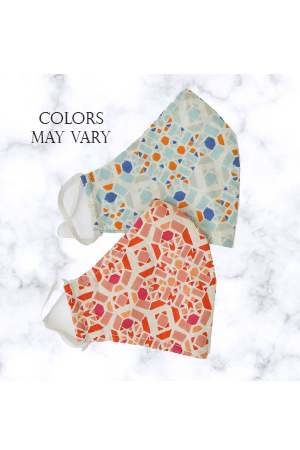

Synergy received one $500,000 loan through the Small Business Administration (SBA) and tried to secure others through banks. Many clothing companies tackle this problem by securing purchase order financing, but, says RSF’s Danaher, “that can be fairly predatory and risky.” Synergy has to pay its manufacturers in India and Nepal 220 days before the company’s clothing appears in stores, leaving a long gap between expenses and income. It’s a particularly challenging job because of the apparel business’s timeline. “It’s all I do, and it’s the hardest thing to do.” “My job for the last three, four, or five years, every day, is trying to get loans,” says Schwab. In 2017, that number exploded to $6.4 million. Synergy’s sales expanded from $120,000 in the early 2000s to $2.8 million in 2016. Scrambling to fund rapid growthįisher clearly reads the marketplace well. Several designs from Synergy’s current collection. “I do it in my own intuitive way, thinking about the kind of clothing I like to wear and what I think the marketplace needs.”
Synergy organic cotton how to#
“I taught myself how to work with clothing design,” says Fisher. Synergy is also Fair Trade-certified, and all its garments are sewn by adults in India and Nepal who are paid a living wage.įisher continues to design the clothing, favoring a style that is classic, comfortable, and modern.

This is in stark contrast to the world of conventional cotton, which accounts for 16 percent of the world’s insecticide use, more than any other single crop. The company is conscious of impact throughout its supply chain, from its growing fields in India to its low-impact dyeing process to its recycled packaging on the shelves of Whole Foods. The Santa Cruz, California–based company is Global Organic Textile Standard (GOTS) certified and meets the highest standards for organic fiber. Synergy is now a leader in the organic apparel industry.

Workers on Synergy’s organic cotton farm in Orissa, India. By that time, she had married Schwab, and the two officially formed Synergy Organic Clothing. When organic cotton appeared on the market around 2006, she embraced it quickly. She liked the eco aspects of using recycled fabric. “I remember buying an antique Tibetan wool jacket from a Nepalese man and thinking, ‘Wow, I came from thousands of miles away, and this man is so different from me, but we’re sharing this human connection of buying and selling.’ It was this archetypal relationship of being a merchant.”įisher soon started designing her own clothing using material from antique Indian saris. She was 21, on leave from her anthropology and religious studies at Evergreen State College, and had fallen in love with the textiles of Southeast Asia. “Synergy was growing very quickly and wanted to make sure they took on the right kind of capital to grow fast and well.”-Kate Danaher, senior director of integrated capital at RSFįisher founded the clothing company in 1993, when she was on her first trip to Nepal. They are a company that wants to do it right.” Synergy starts with a human connection

“We wanted to work with them because they care about the planet, their community, and their employees. “Synergy was growing very quickly and wanted to make sure they took on the right kind of capital,” says Kate Danaher, senior director of integrated capital at RSF. Kate Fisher and Henry Schwab, owners of Synergy Organic Clothing in the enterprise’s Santa Cruz, CA warehouse.


 0 kommentar(er)
0 kommentar(er)
